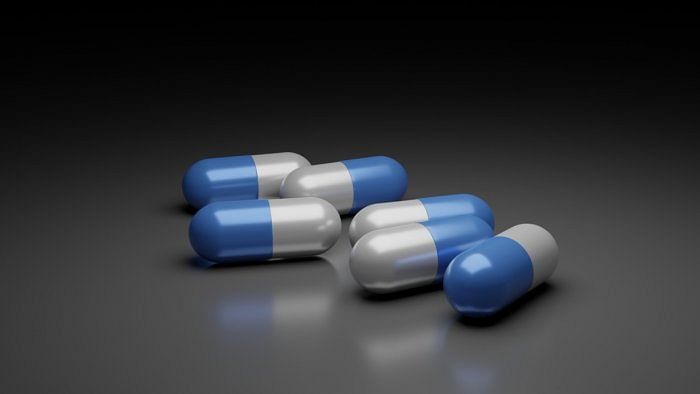
India's pharmaceutical industry, which is currently valued at $41 billion, is expected to grow to $65 billion by 2024 and $120-130 billion by 2030.
According to the Economic Survey 2020-21, a significant raw material base and availability of a skilled workforce have enabled India to emerge as an international manufacturing hub for generic medicines. Further, India is the only country with the largest number of US-FDA compliant pharma plants (more than 262 including Active Pharmaceutical Ingredients - APIs) outside of the USA.
At the same time, the global pharmaceutical market is set to exceed $1.5 trillion by 2023, the Survey said.
Covid-19 has presented both an opportunity and a challenge for India to emerge as the ‘pharmacy of the world’. During April-October, 2020, India’s pharmaceutical exports totaling $11.1 billion witnessed an impressive growth of 18%, as against $ 9.4 billion during the corresponding period a year ago. This has led to an increase in the share of pharmaceuticals exports in India’s total exports from 5.1% in April-October, 2019 to 7.3% in April-October, 2020, making it the third largest exported commodity.
"The commitment of provision of Covid-19 vaccine to other countries has made India the epicentre for its manufacturing," the Survey noted.
According to data available from US-FDA, Indian pharma companies have garnered nearly 45% of all new abbreviated new drug application (ANDAs) approvals over the past nine months, which would aid exports growth in the coming years.
The pandemic, however, exposed the excessive dependence of Indian pharmaceutical industry on China for sourcing Active Pharmaceutical Ingredients (APIs) and Key Starting Materials (KSMs). Further, there is a disproportionate dependence of Indian pharma exports on the USA and generics. To get over this challenge, the government has identified pharmaceuticals drugs as one of the ten key sectors for introducing Production Linked Incentive (PLI) Scheme for enhancing India’s manufacturing capabilities and exports.
This is in addition to the already notified PLI schemes for bulk drugs and medical devices, which aim to provide a boost to domestic manufacturing for critical KSMs/ Drug Intermediates (DIs), APIs and medical devices. Both these schemes have received a very encouraging response from the pharmaceutical as well as the medical device industry.
Further, the government has also announced a scheme for promotion of bulk drugs and medical devices parks.